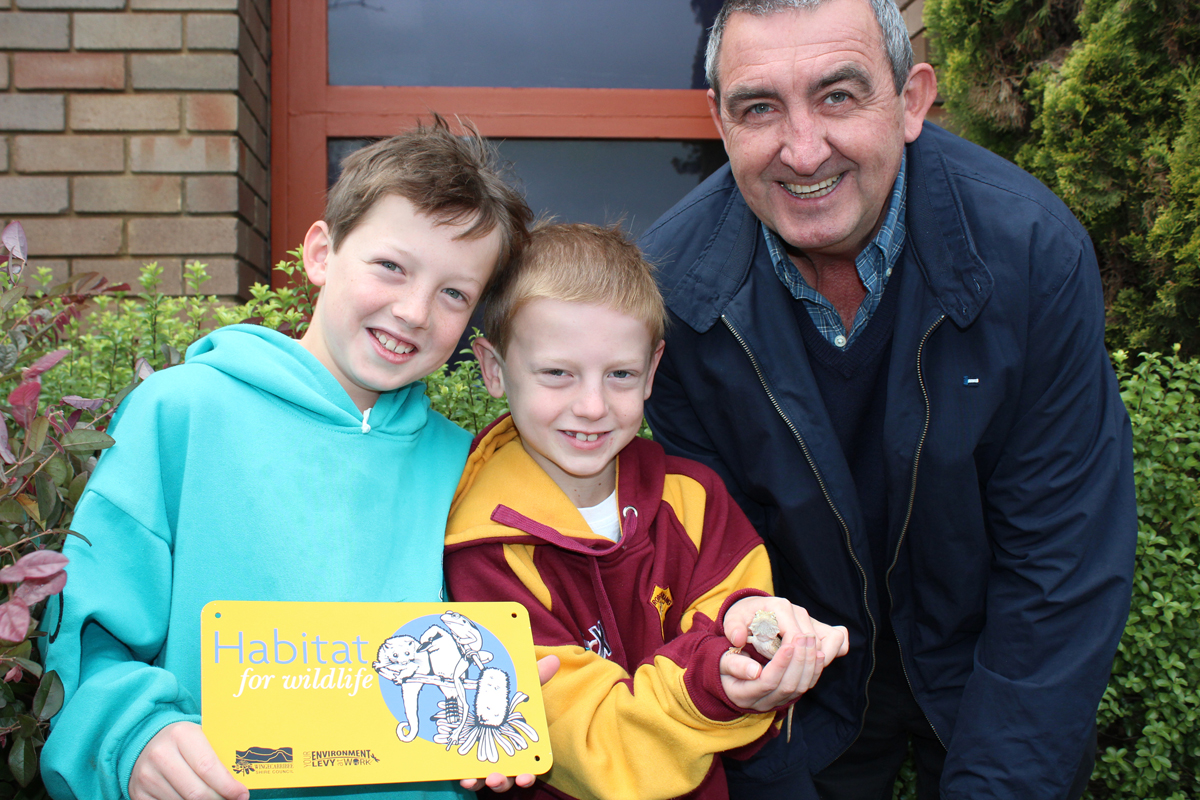Saving local species one backyard at a time

With more than 370 native mammal, reptile and bird species calling the Highlands home, our local government area is recognised as one of the most diverse wildlife regions in Australia.
To help preserve and enhance this biodiversity, Council has launched a new initiative called Habitat for Wildlife, encouraging local residents to incorporate wildlife friendly elements into their backyards.
Manager of Environment and Sustainability Barry Arthur said the Habitat for Wildlife program was launched as part of this year’s World Environment Week celebrations and aims to minimise the impact of urbanisation on native species.
“Urban areas can be very important for local wildlife and native animals are becoming more dependent on backyards to survive when their habitat is damaged or lost,” Mr Arthur said.
“By connecting isolated pockets of habitat with backyard gardens, wildlife corridors are formed, increasing foraging territory and providing a vital link between populations which helps to maintain genetic diversity.”
Habitat for Wildlife is free to join, and members receive a metal sign for their garden or front gate, the Wingecarribee Web and Land for Wildlife e-newsletters and a colourful Backyard Habitat Planting Guide booklet. A native plant voucher is also available for the first 250 registered properties.
“Whether you live in a house, unit or apartment, allowing your outside space to become a habitat can be as simple as building a birdbath, providing a hollow shelter or planting native shrubs,” Mr Arthur said.
“Not only does this transformation improve both the beauty and health of our environment, it also gives people the opportunity to connect with wildlife – good habitat gardens attract a wide variety of local species, including birds, butterflies, moths, lizards, possums, frogs and insects.”
Habitat for Wildlife complements Council’s existing Land for Wildlife program, which encourages and assists private landholders with acreage to provide habitats of more than 0.5 hectare for wildlife on their property.
For more information about either of these initiatives, please call Council’s Environment and Sustainability branch on 4868 0828 or visit www.wsc.nsw.gov.au/environment.
